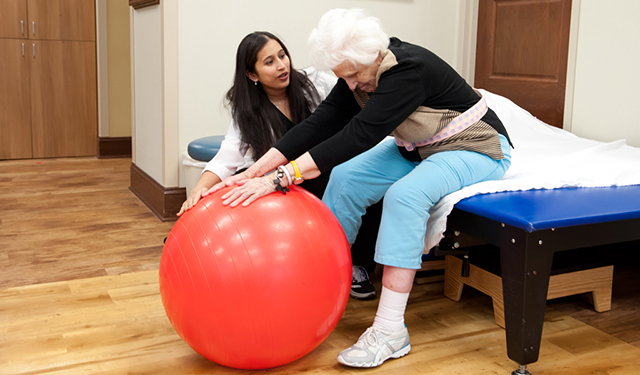One common manual therapy technique is spinal manipulation. This method involves applying controlled force to the spine to improve alignment and reduce pain. Research has shown that spinal manipulation can be effective in treating lower back pain and neck discomfort. Another method is gentle connective tissue manipulation, which concentrates on reducing tension in the muscles and connective tissues. This can help reduce stiffness and improve flexibility, making it easier for clients to move without discomfort. Both techniques can be tailored to satisfy the individual needs of each client, ensuring a custom method to care.
In furthermore to discomfort relief, hands-on treatment can improve client outcomes in various ways. For instance, it can improve circulation, which helps supply nutrients and essential elements to the injured regions of the body. Better circulation can also look at this website promote healing and alleviate swelling. Additionally, hands-on treatment can help patients develop better body consciousness, which is crucial for avoiding subsequent injuries. By understanding how their bodies function, clients can make better knowledgeable choices about their activities and posture, leading to long-term advantages.
The efficacy of hands-on therapy is often supported by patient responses. Numerous patients report significant improvements in their discomfort intensity and overall performance after undergoing treatment. This positive response can lead to greater drive for clients to engage in physical activity and recovery programs. When patients feel better, they are more likely to engage in their rehabilitation journey, which can further enhance their results. This cooperative method between the therapist and the patient is crucial for attaining enduring results.
In conclusion, hands-on treatment methods play a vital role in alleviating musculoskeletal pain and enhancing client outcomes. By using techniques such as vertebral manipulation and soft tissue manipulation, medical professionals can help patients recover movement and reduce pain. The advantages of manual therapy go further than instant pain alleviation, as it also encourages healing and encourages clients to take an proactive role in their recovery. As an increasing number of individuals seek effective therapies for muscle and joint issues, manual treatment continues to be an important choice in the realm of healthcare.
